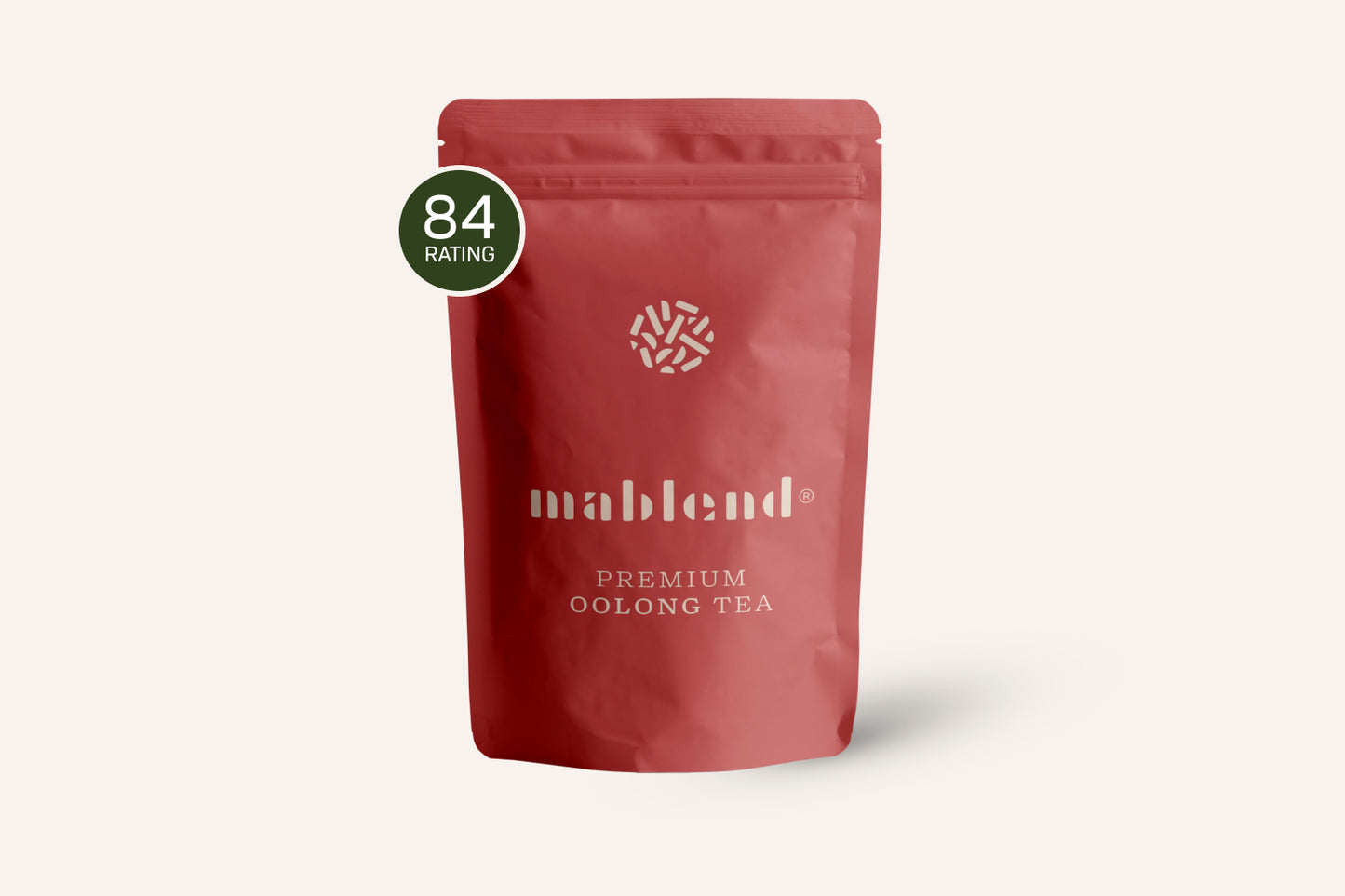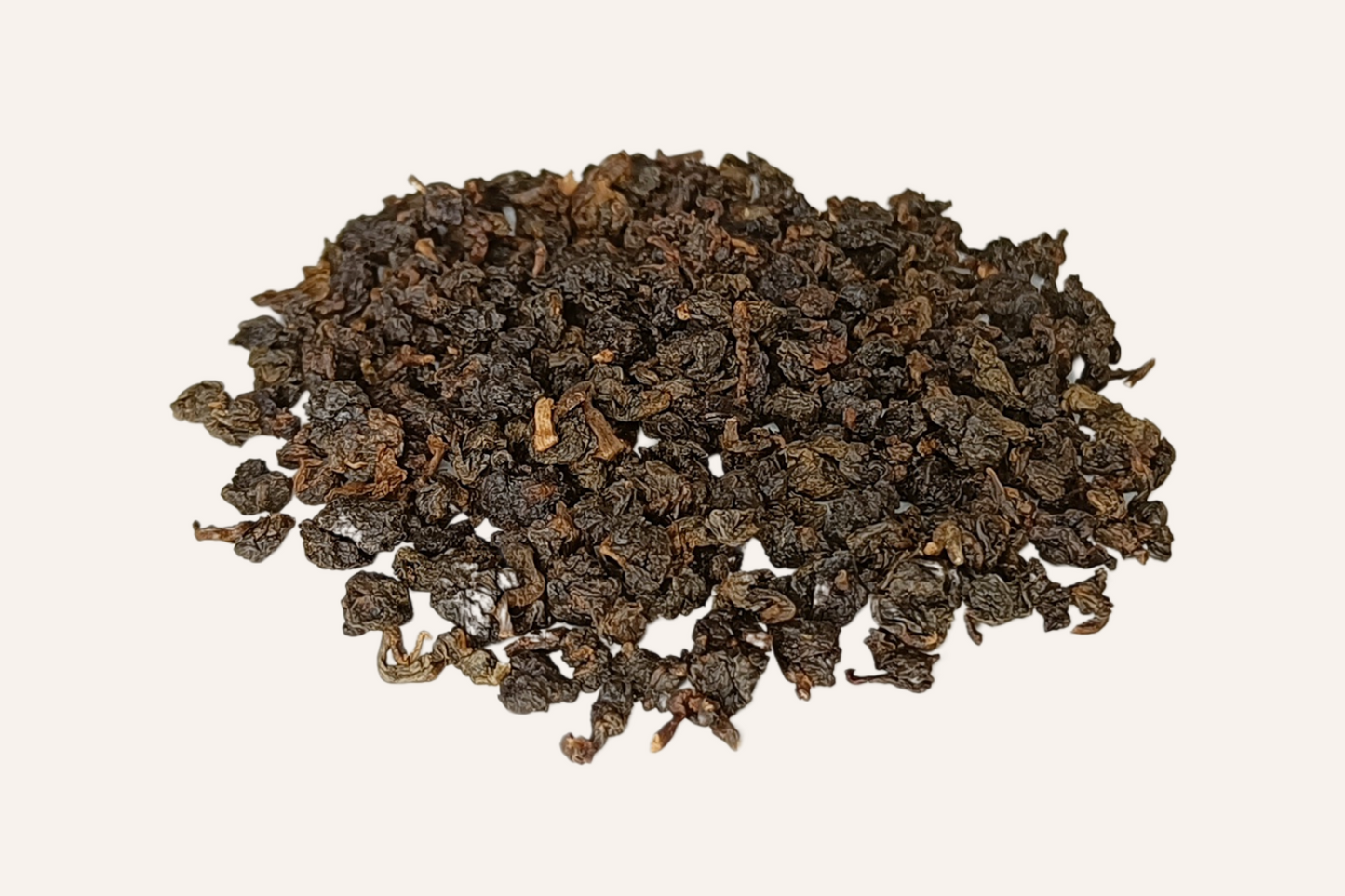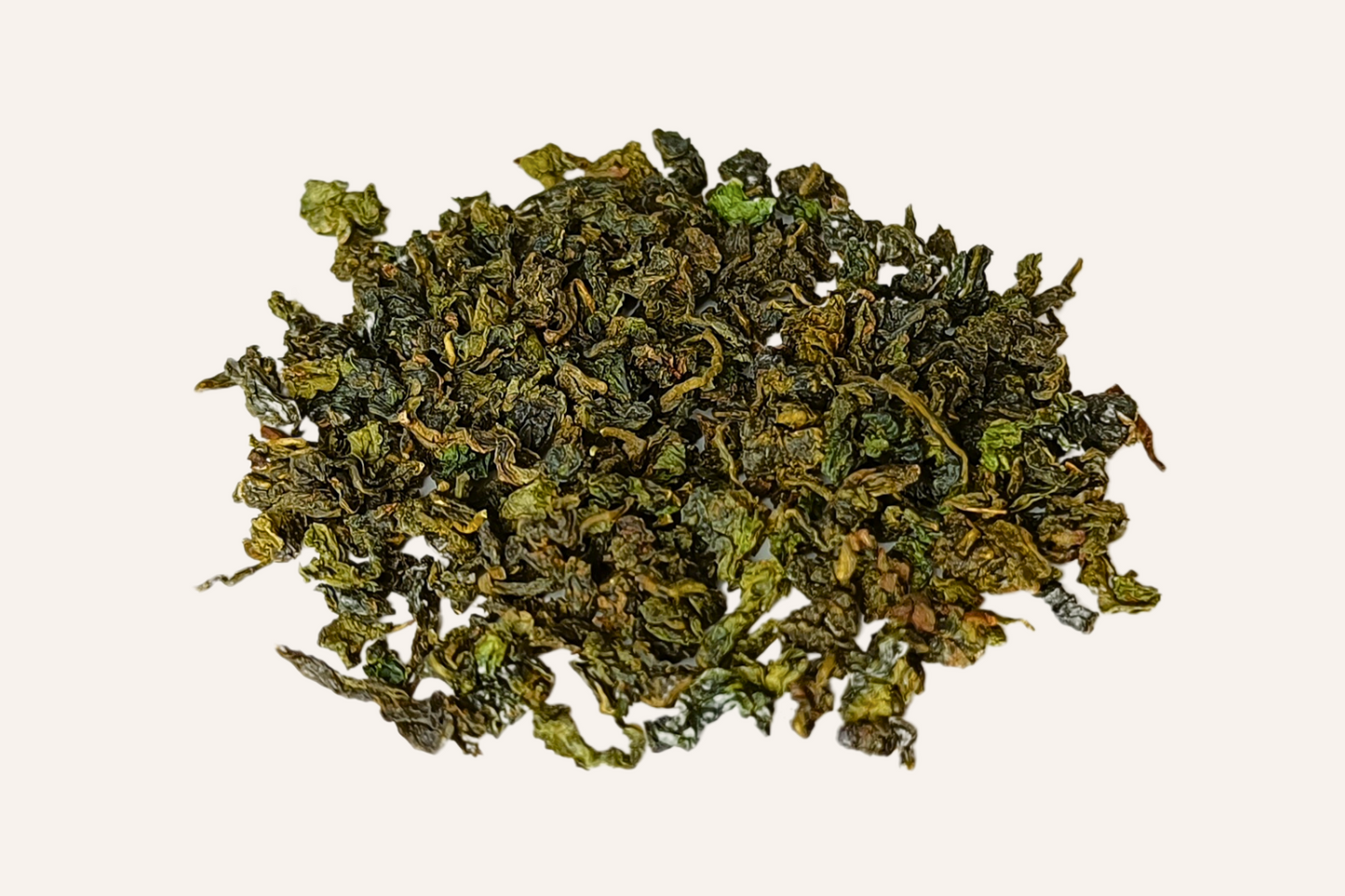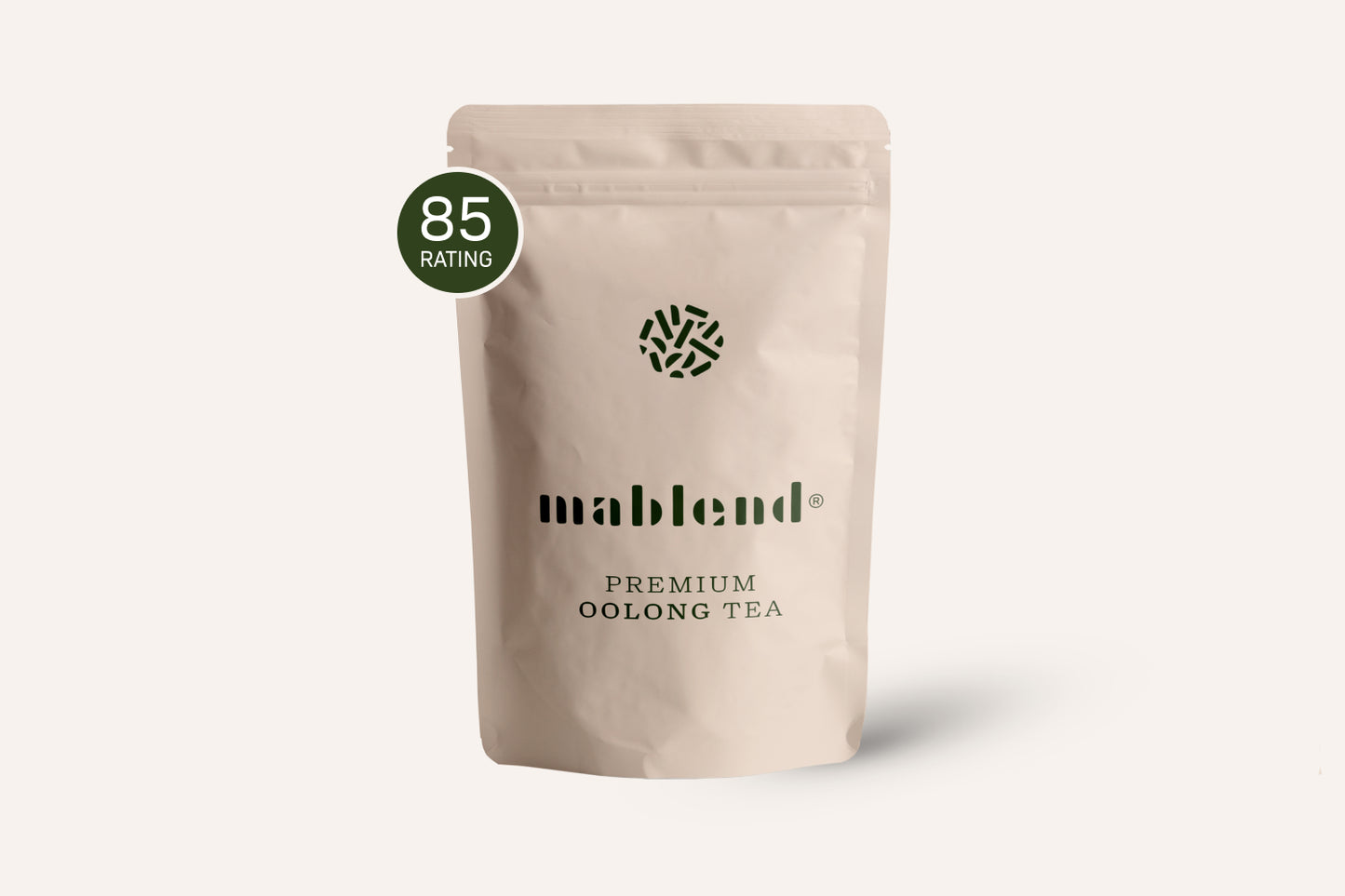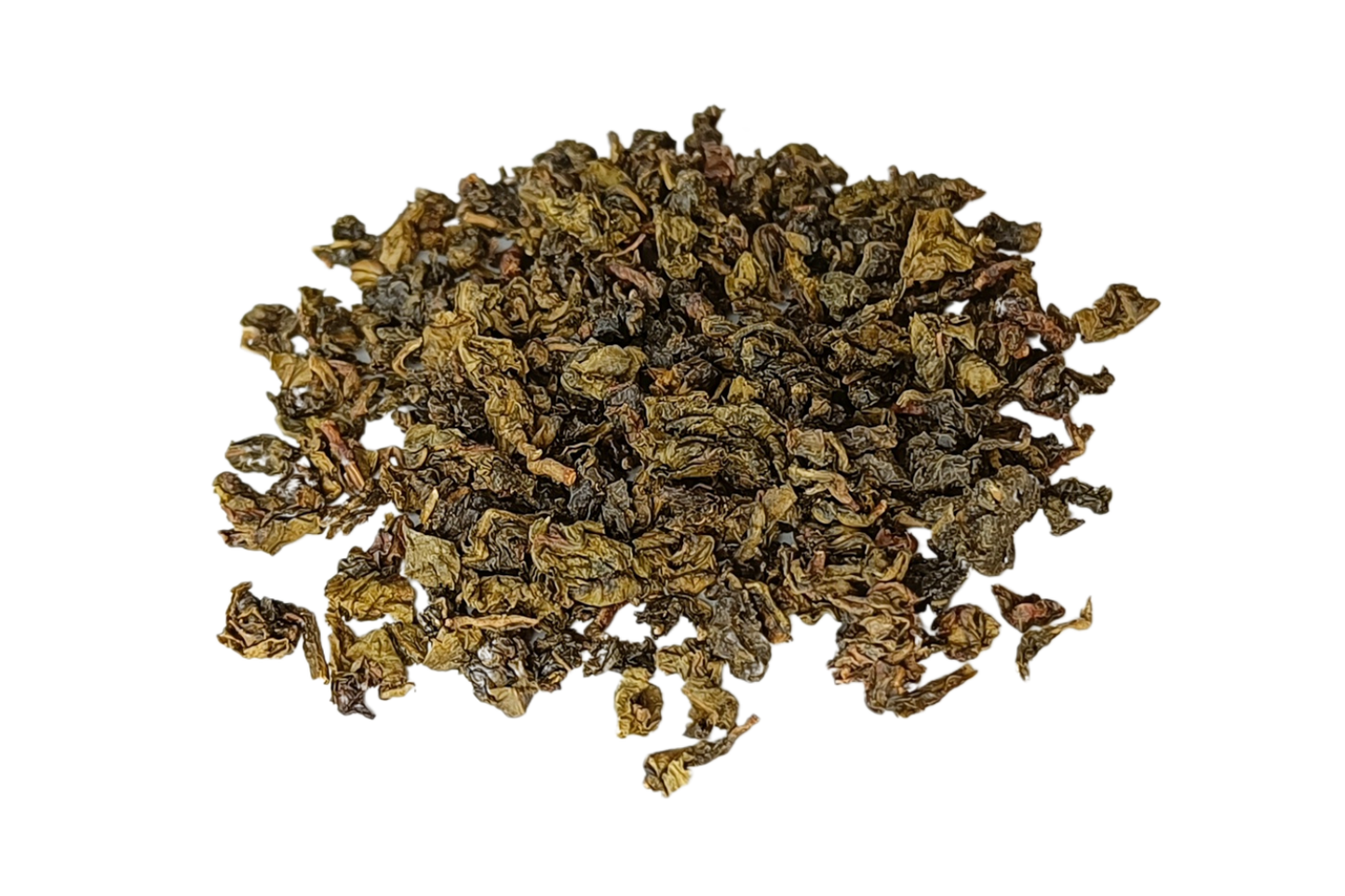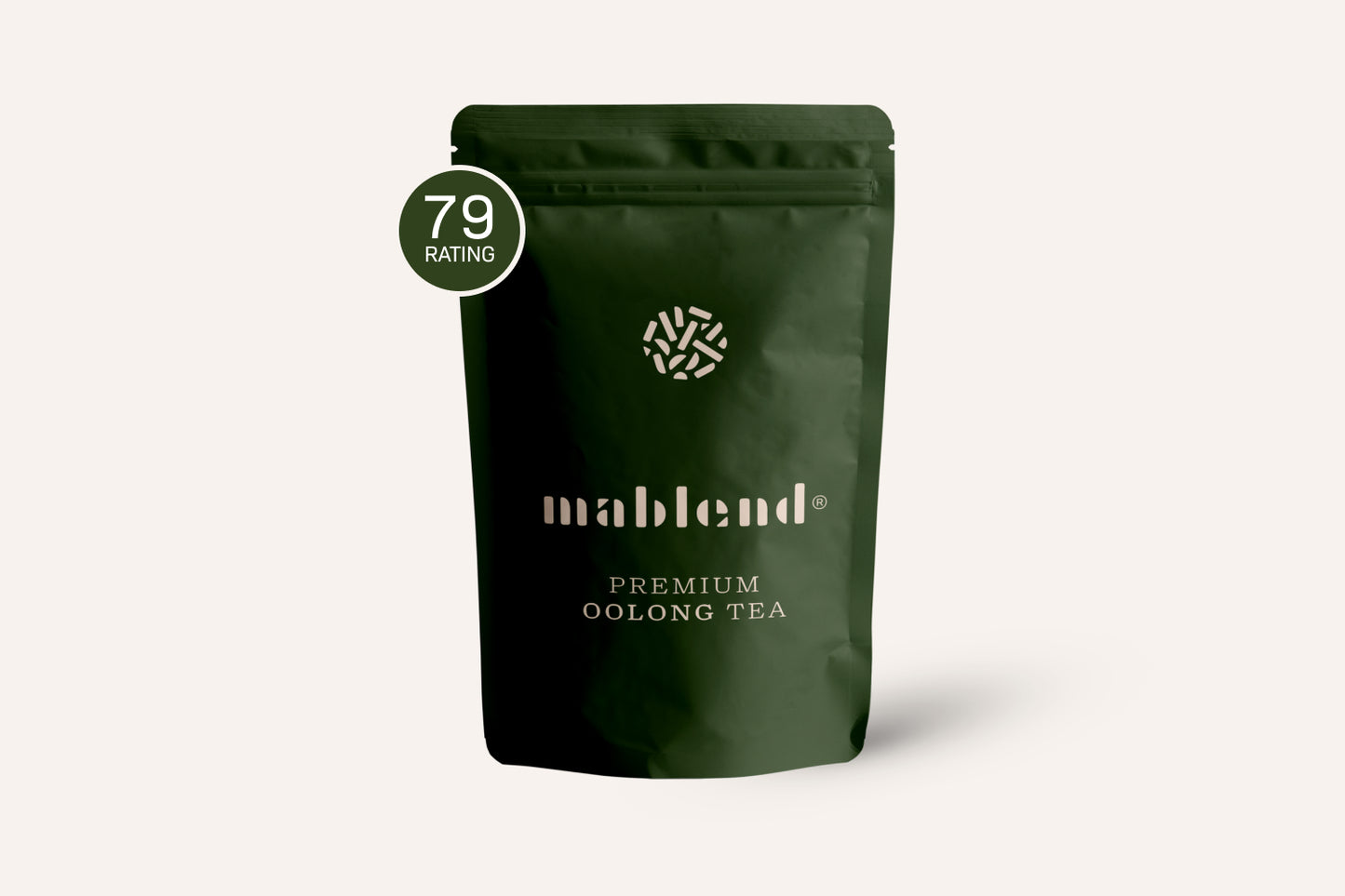Are you fascinated by the world of tea but still unfamiliar with the rich traditions of Korean tea, also called 'Darye'?
From the rare 'Woojeon' to the medicinal herbal infusions, Korean tea is an undiscovered treasure full of flavors and rituals.

Read on to discover the secrets of this ancient tea culture
What is Korean tea?
Korean tea, also known as 'Darye', is not just any hot drink. It is a symbol of Korean culture, a means of meditation, and a source of medicinal properties.
Contrary to popular belief, Korean tea goes beyond just green tea. From flower to root teas, the variety is vast and each has its own unique flavor and benefits.
History of Korean Tea
The history of Korean tea dates back to the 2nd century and has a strong connection with Buddhism in Korea.
According to the Record of Gaya, Queen Heo Hwang Ok brought a tea plant to Korea from India. Over the centuries, tea has played an important role in Korean ceremonies and rituals, and it has seen various highs and lows in its popularity.
The modern revival of Korean tea in the 1970s is often attributed to Choi Beom Sul, a monk who played an important role in the revival of tea culture in Korea.
Types of Korean tea

Korea offers a wide range of teas, from leaf teas such as 'Woojeon' (first flush green tea) to flower teas and fruit teas. Some popular types are:
- Nok-cha : Green tea, rich in antioxidants.
- Sollip-cha : Made from the needles of the Korean red pine, rich in vitamin C.
- Yeonnip-cha : Made from young lotus leaves, good for digestion.
- Gamnip-cha : Made from persimmon leaves, caffeine-free and rich in vitamin C.
Lesser known Korean tea:
- Yuja-cha : A tea made from yuzu citrus fruits, often consumed in winter for its vitamin C.
- Gugija-cha : Made from the Chinese wolfberry, known for its health benefits.
- Maesil-cha : A plum tea that can be enjoyed hot or cold.
- Saenggang-cha : A ginger tea often drunk to combat colds.
Making Korean tea
Brewing Korean tea is an art in itself. The temperature of the water, the amount of tea and the steeping time can all affect the taste.
In general, it is recommended to use freshly boiled water that has cooled to approximately 80-90°C. The tea is usually steeped for 2-3 minutes, but this can vary depending on the type of tea.
What is the difference between Japanese and Korean tea?
Although both cultures consume green tea, there are some important differences. Korean green tea, often called 'Woojeon', is usually steamed rather than roasted, resulting in a more delicate flavor. In addition, Korea has a wider range of teas, including many medicinal and herbal infusions not found in Japanese tea culture.
Sources:
